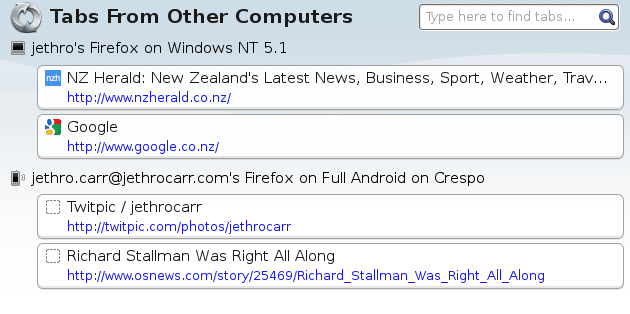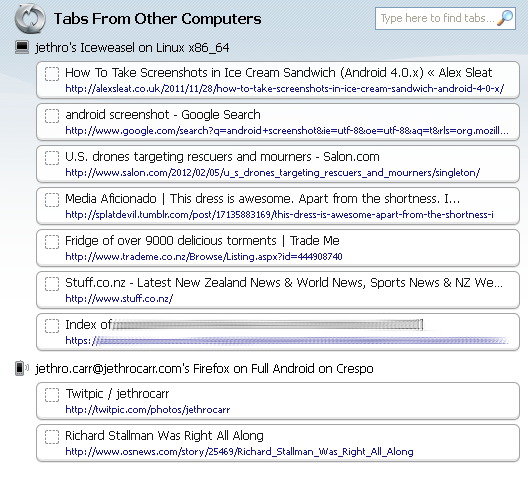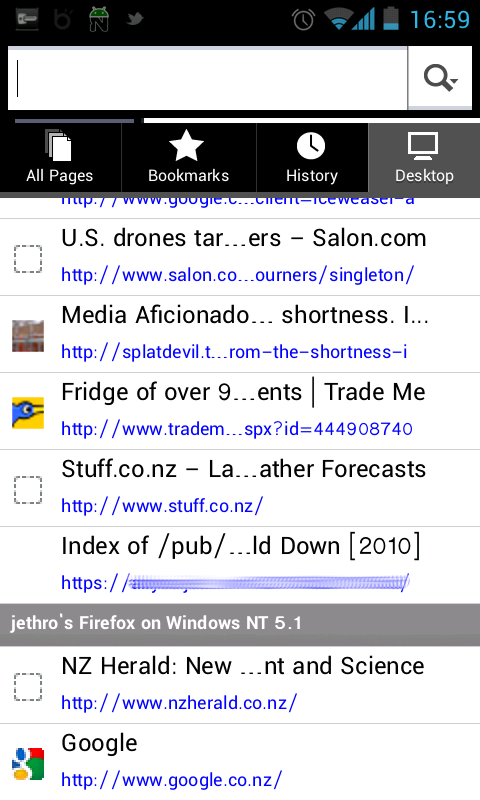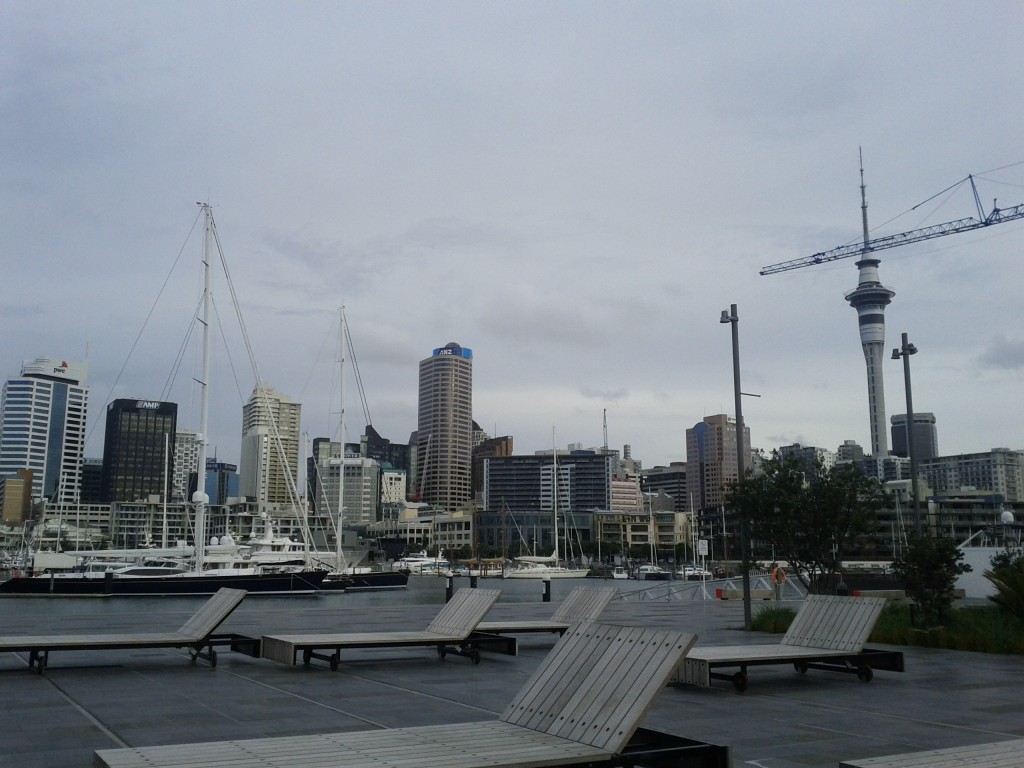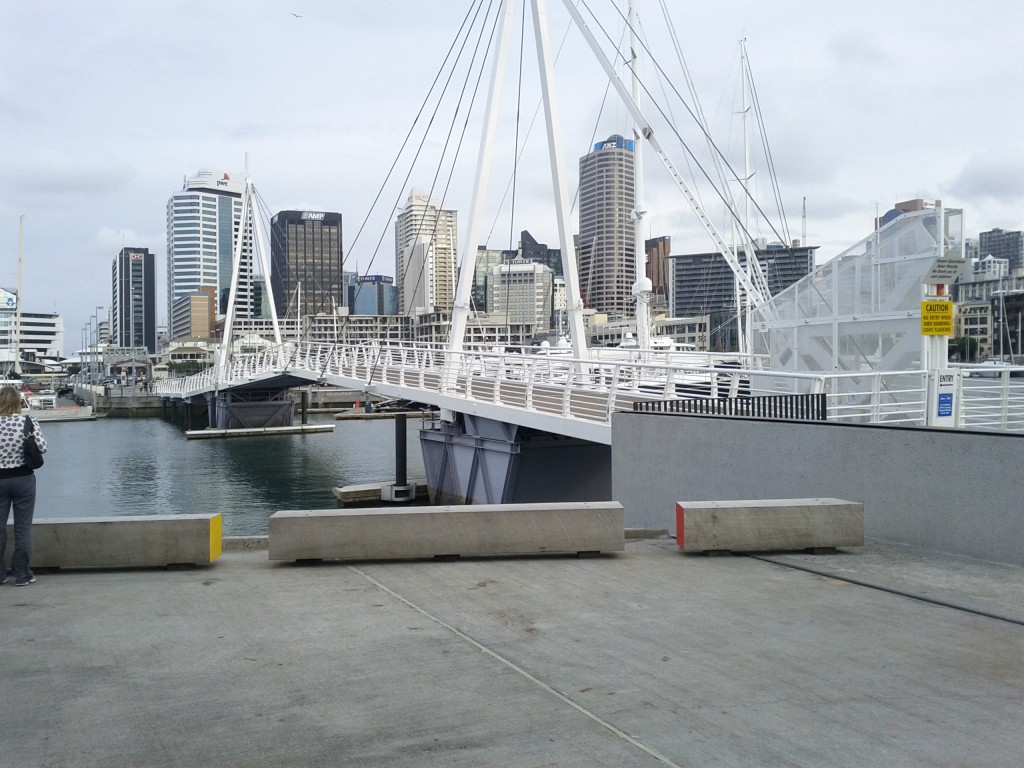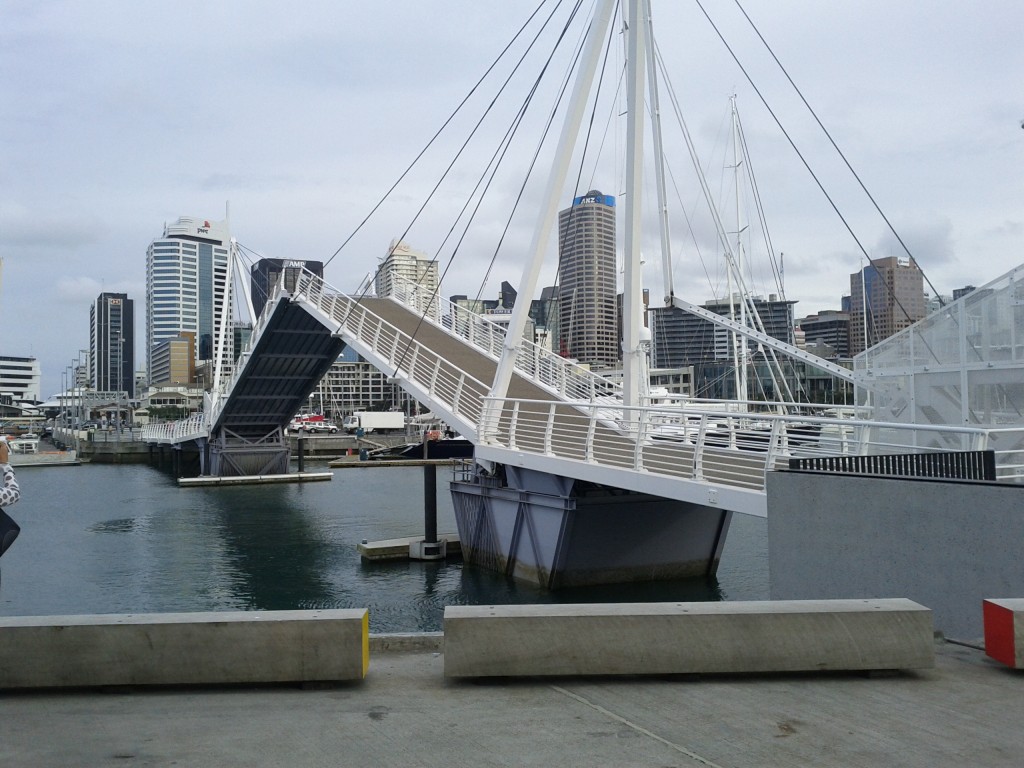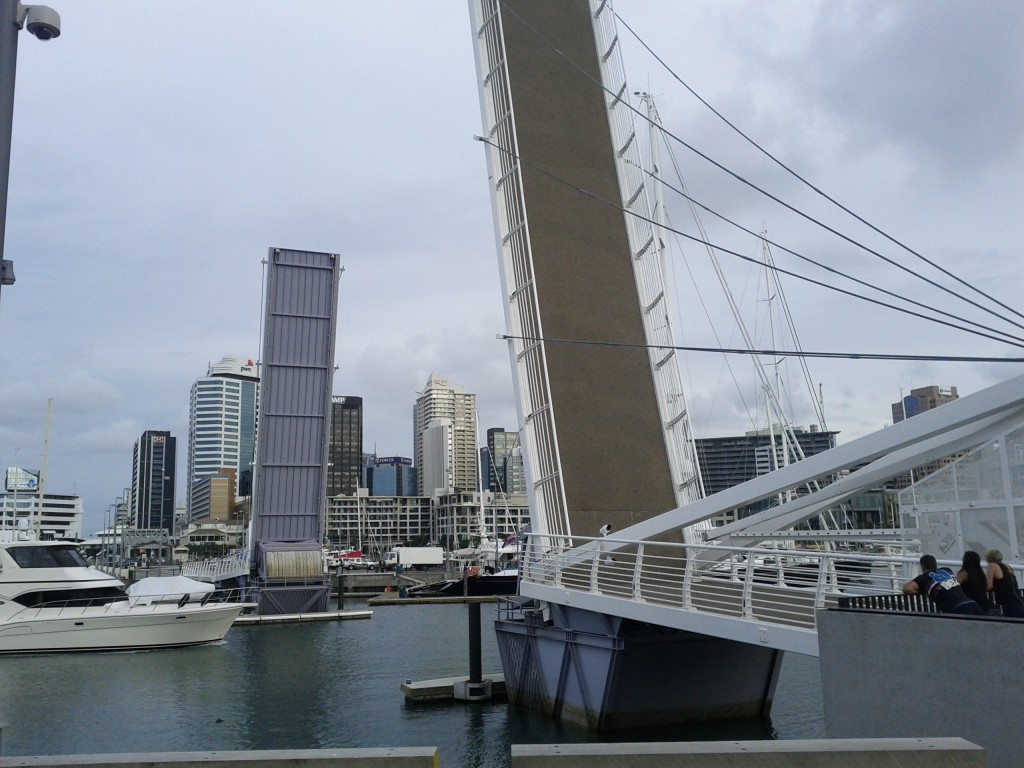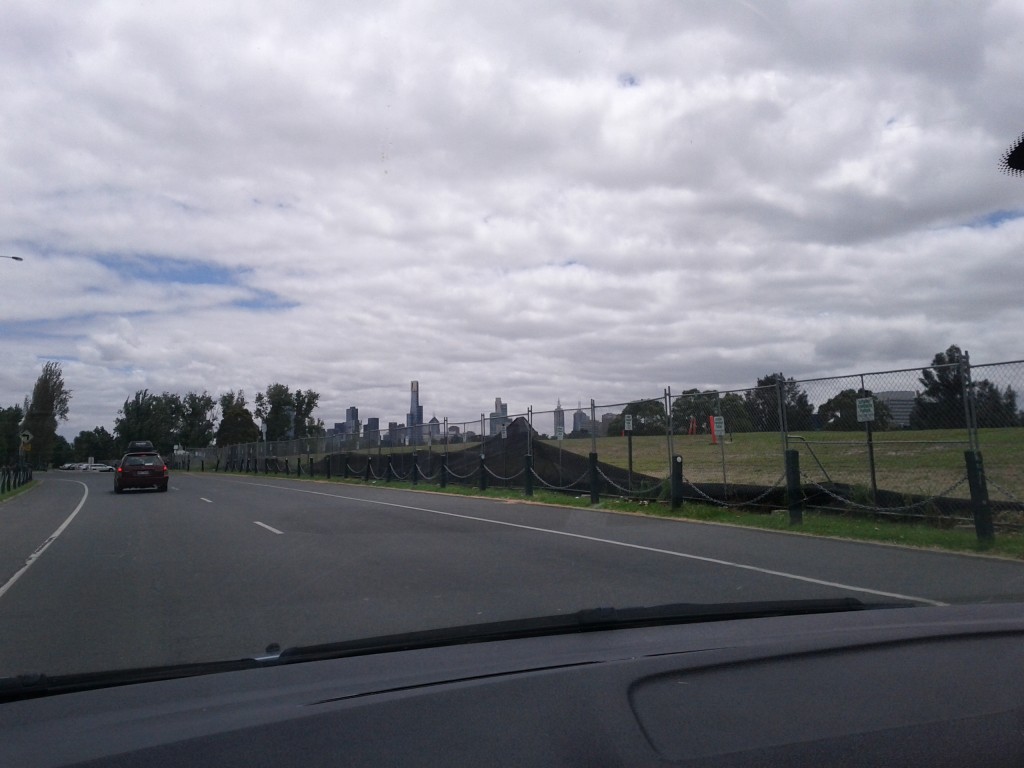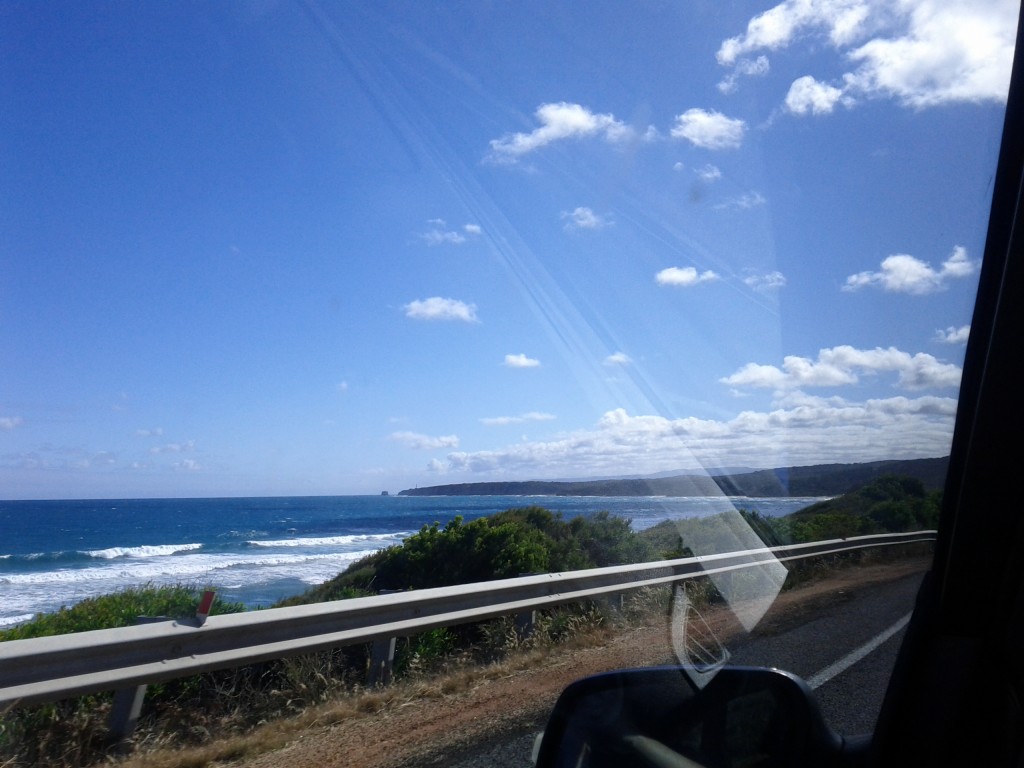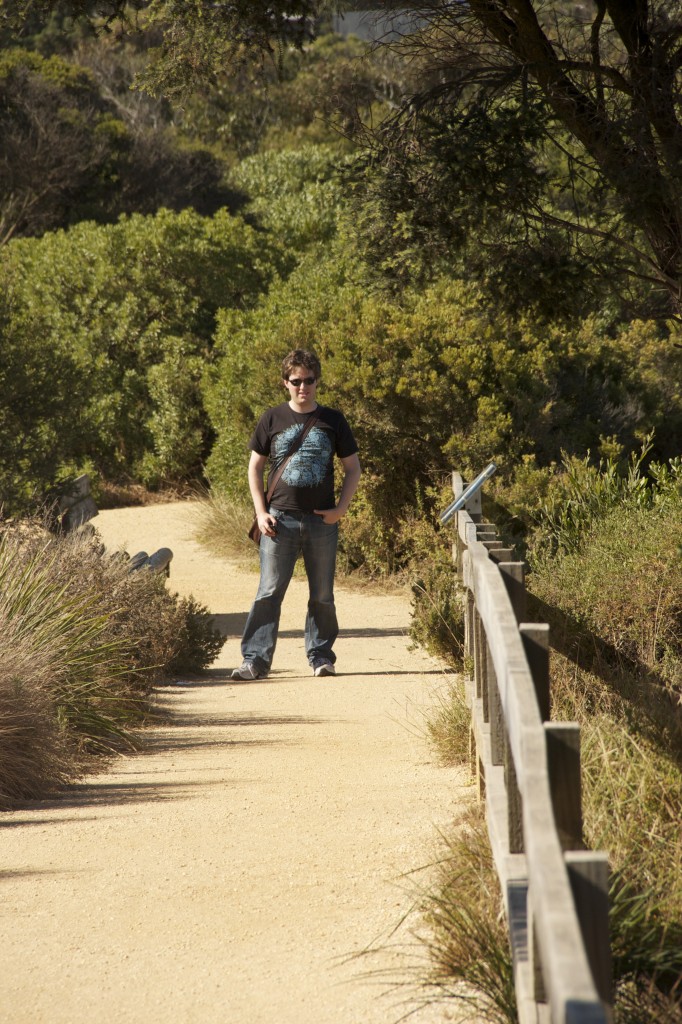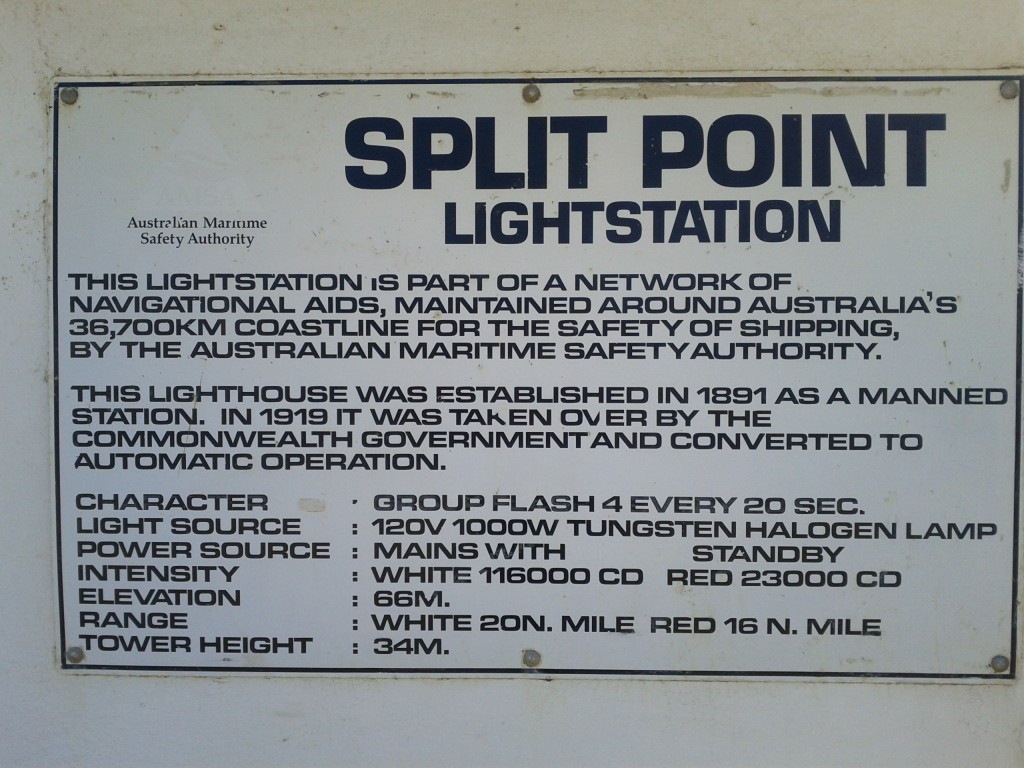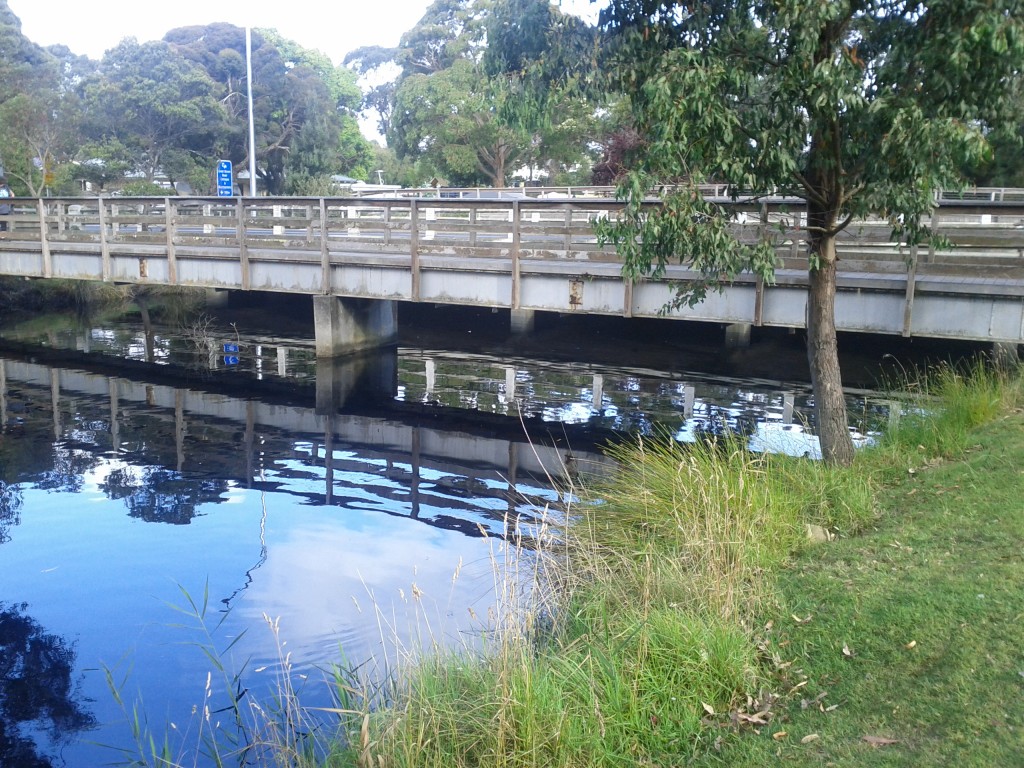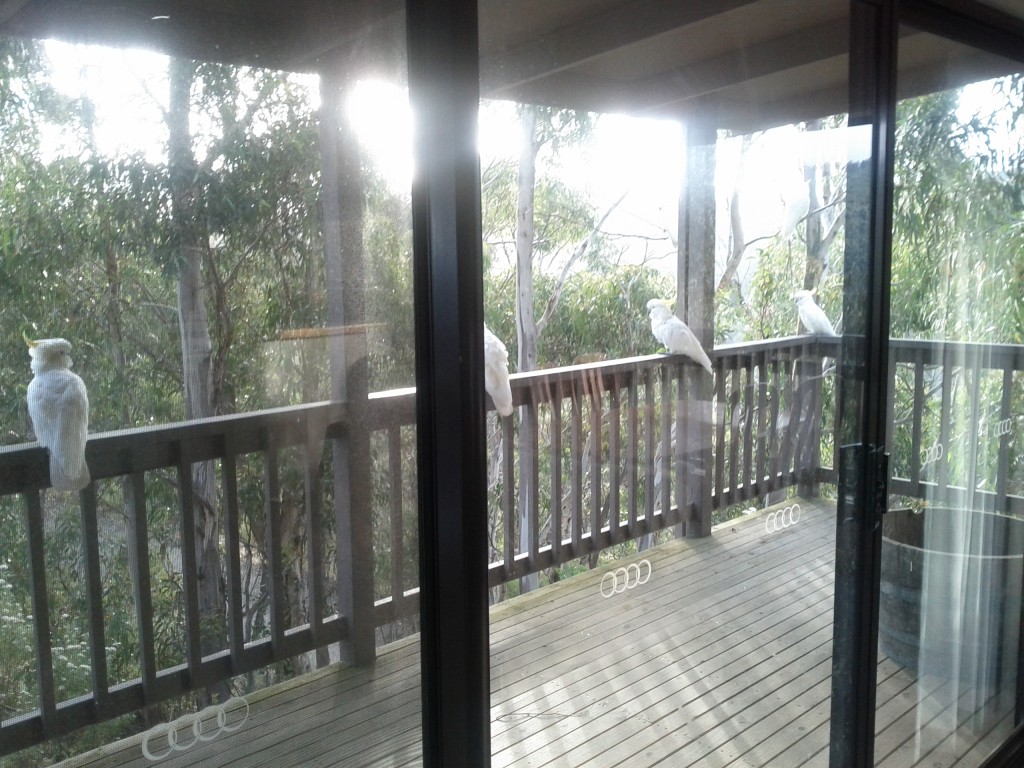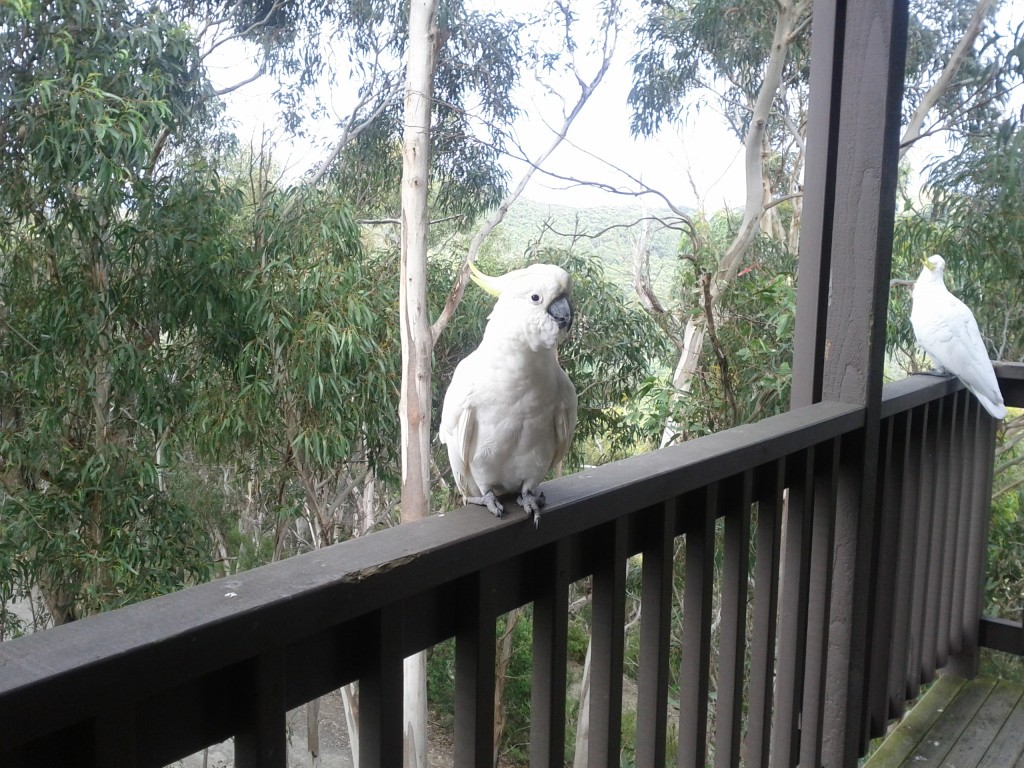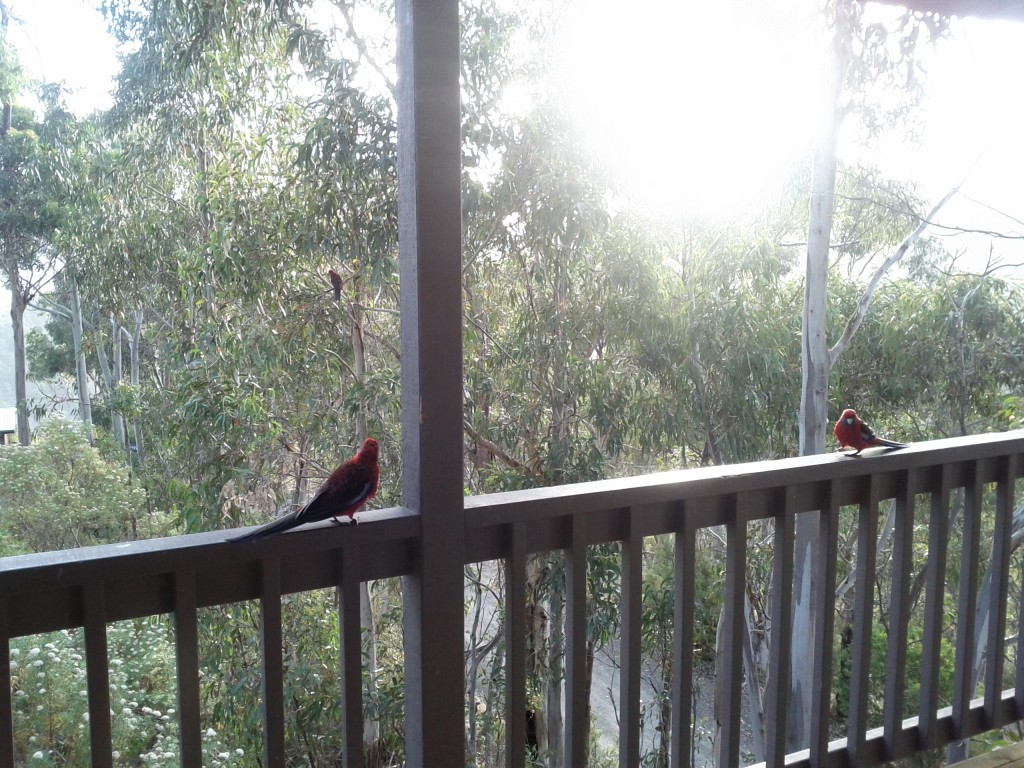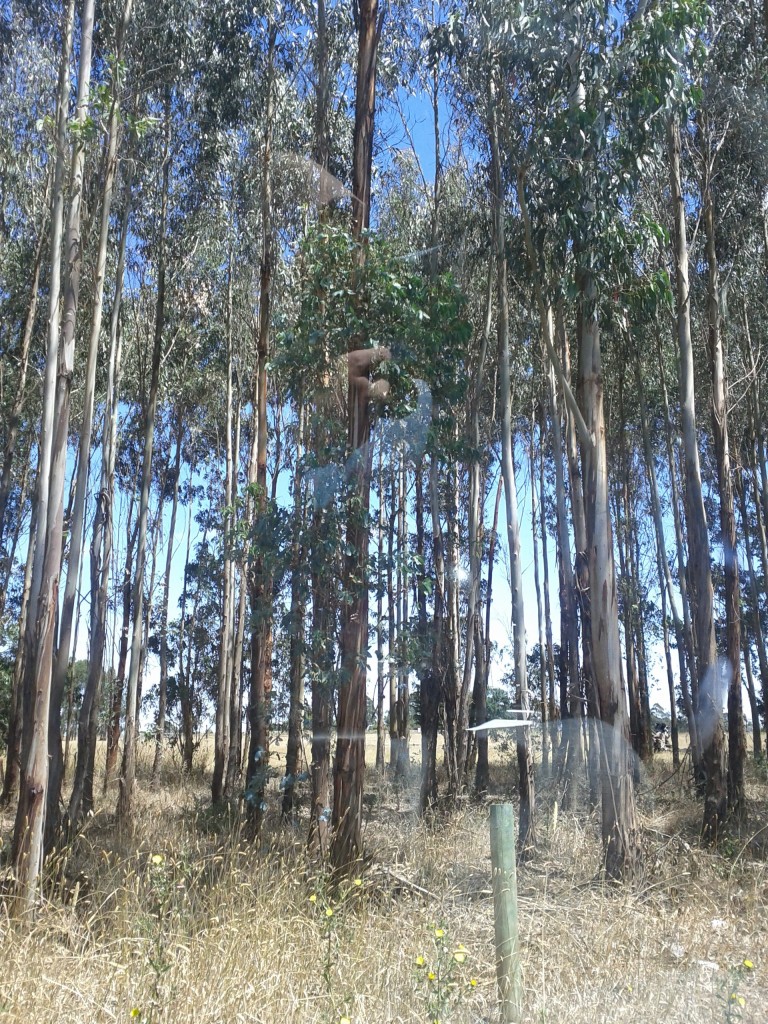Whilst I’ve been an official Aucklander for a few months now, I’ve been sort of ignoring the whole end of an era going on with my awesome, amazing time in Wellington at the place known only as #geekflat.
As of mid-feb, the last remaining resident of geekflat, @macropiper will have departed. @thatjohn departed only a few days ago and I left late in late 2011 and am now engaged (like wut?!?!) and living in Auckland.
I’m kind of sad that this stage of my life is over and unlikely to repeat in the same way. I’m pretty nostalgic about it, after I moved to Auckland I missed the guys and times I had there so much that Lisa was asking my friends to talk with me because I was acting so depressed.
I’ve been putting off selling off some of my Wellington-located stuff, like my fridge and other accessories that I had left at #geekflat until now, but with #geekflat being dissolved in February, I need to clear out a few large items that I can’t store easily. (so totally go bid please! ;-)
The actual story of #geekflat arguably started in 2008 when @macropiper and I started looking for our first flat together. I didn’t really know Tom back then, we were introduced by Tom’s employer at the time who I tended to have semi-regular coffee catchups with.
Tom and I were both living at home at the time and I wanted to find a flat with equally geeky people. Tom and I spent a bit of time wandering the streets of Wellington, discovering how crappy the rental market is, before finding a place located in Kingston, a few blocks from my parent’s place. Typical of NZ cheap(ish) rentals, it was lacking insulation, not exactly flashy, but it had it’s charm and was a great starter flat for us.
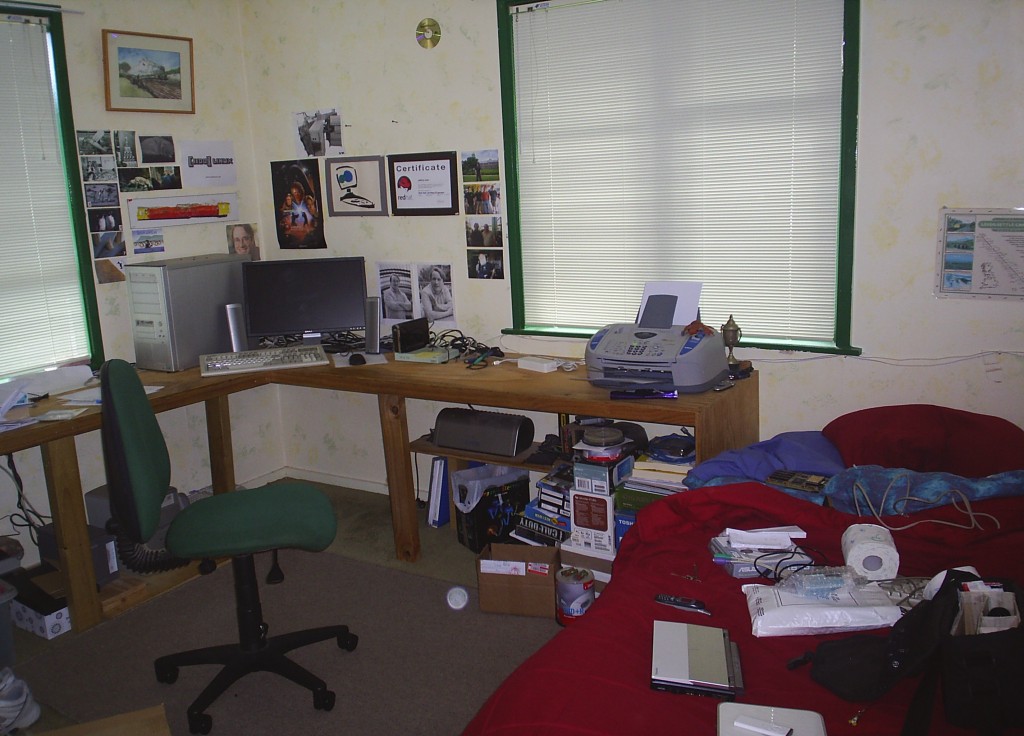
At the time of leaving home, my collection of stuff was actually quite survivable and really did fit into a car.

Tom and our computers on the day that we first moved into our first flat. Note the cardboard tower that supported the 3G modem so we could get data - any lower would kill data reception.
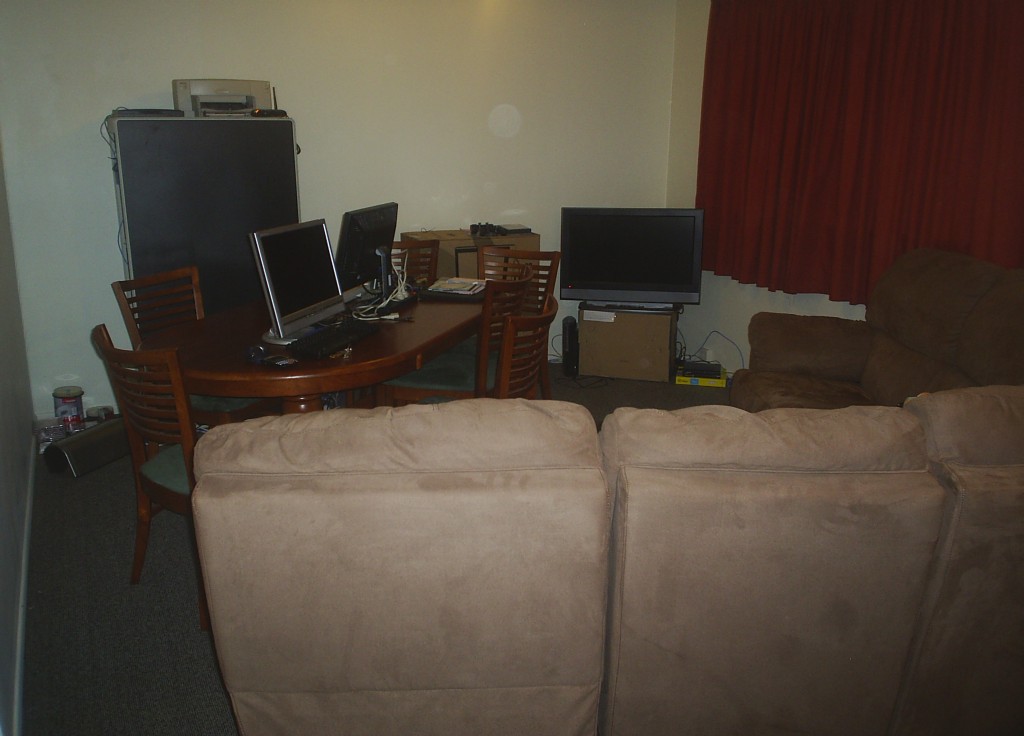
After getting a little more settled we ended up with a few modern comforts. Like DSL, Playstation3, server rack....
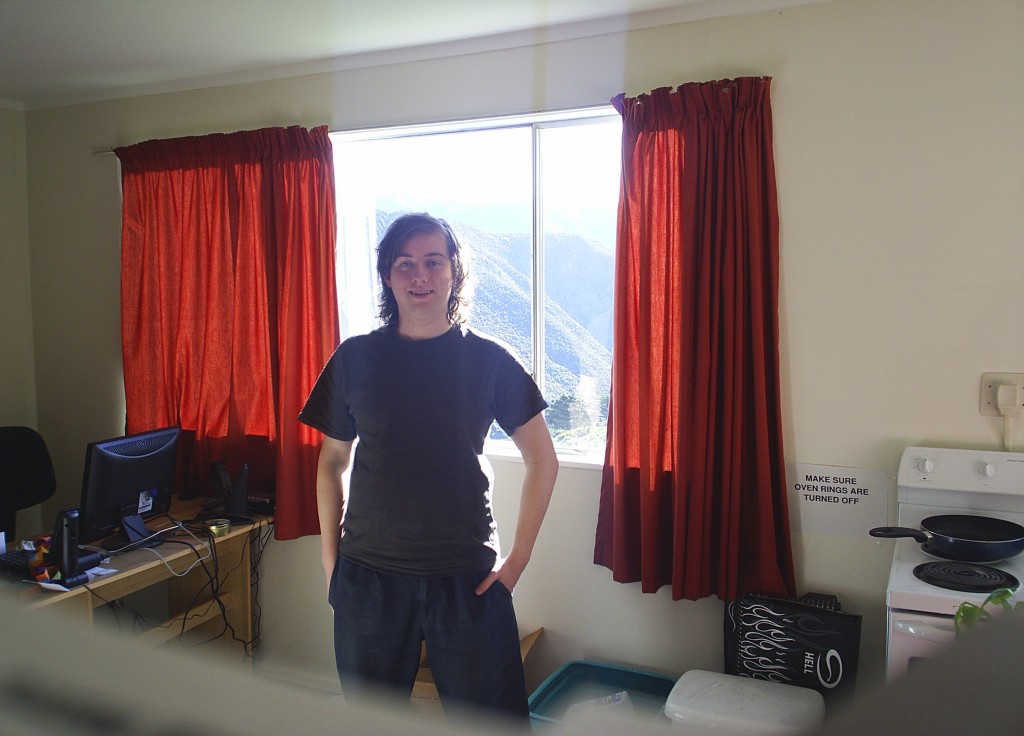
My dreamy self back in 2008. The lovely windows behind me used to leak heat like a sieve in winter and had an awesome ability to let whistling drafts in.
Amazingly we never managed to kill each other – in hindsight, having both of us in the lounge with our computers all the time was bound to lead to some clashes, since we never really could escape each other, but we got over a couple of our arguments OK and I’m always thankful that we became such good mates. Particularly since I’m not the easiest person to live with. ;-)
In late 2009 we decided to move to somewhere that was warmer and also better located to the Wellington CBD – by that stage I was working from home on Amberdms and didn’t drive, so wanted somewhere I could walk in to the CBD for any meetings. Tom and I also agreed we wanted a third person to help balance out the dynamics a bit more and we ended up finding another somewhat geeky guy to move in with us.
And so #geekflat was born, with an amazing location on Thompson St, Mt Cook, it had the best combination of city living with suburban quietness, with only a short walk to get to Manners Mall or even Lambton Quay.
To make things even better, it was at the top of a hill, ensuring some pretty awesome views, but also enforcing exercise for the somewhat unfit geek residents, giving me a pretty good workout on a daily basis.
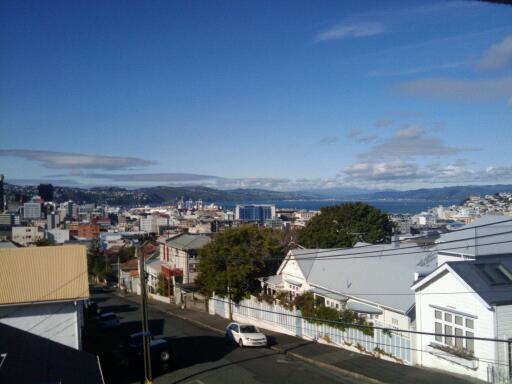
View out from my bedroom at #geekflat

Sophisticated inter-room connectivity for flatmates to my server. (we did later tape this up over all the door frames to make it a bit neater....)
Whilst at our first flat, I had amassed a few servers and other bits of equipment – moving to #geekflat only made this worse. After a while with the addition of the Amberdms office, I ended up moving my lab to a separate office room using 2x 42U server racks. Whilst it was expensive and time consuming, I really do miss the fun it provided.
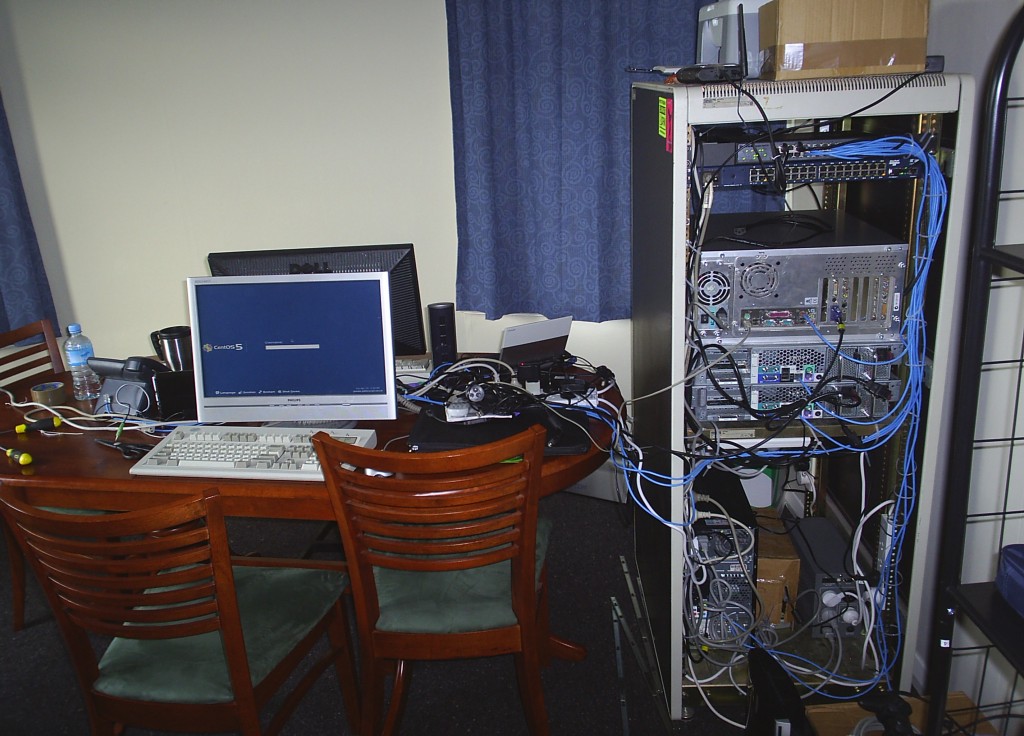
A reasonably tidy snapshot of how I spent my time at #geekflat....
The move to #geekflat is also the time of a lot of change in my social life, I went from being a quiet geek not doing much other than computers in the evening to being quite social and getting out – many thanks in part to twitter.
Really this time was my shift from teenager into adulthood, getting more confidence in social situations, meeting lots of people, taking home random people after a night out, learning to drive, realizing I can do pretty much anything I want and making my own choices about how I wanted to live.
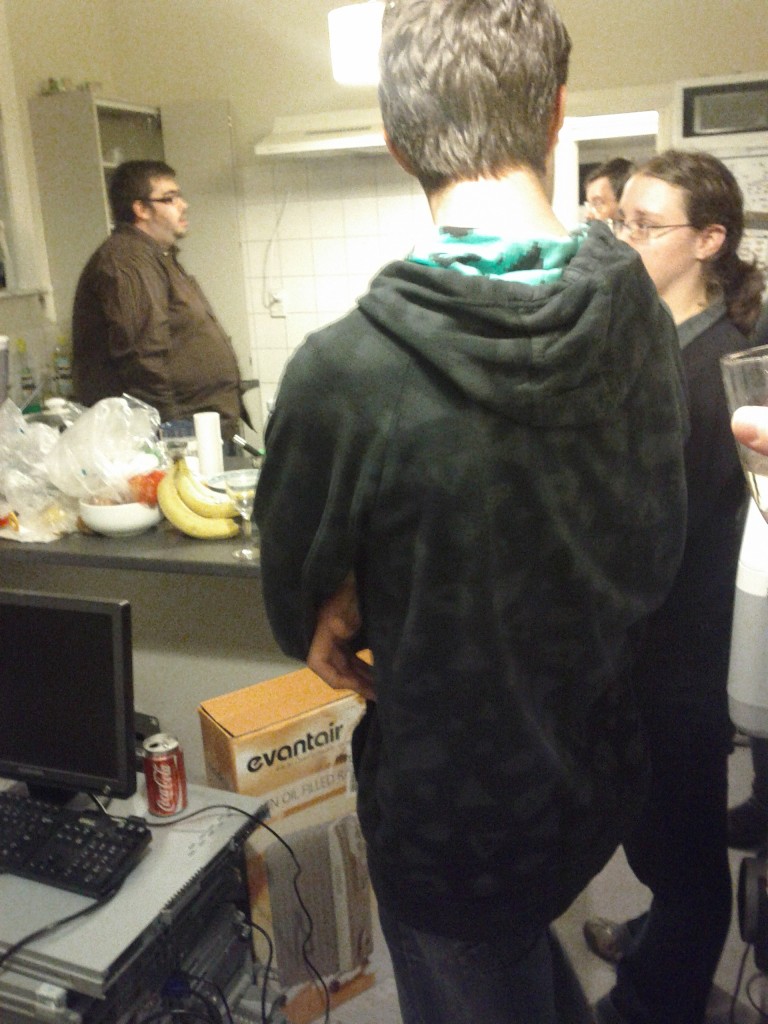
Friends hanging at #geekflat - note John on left, Tom in immediate forground, and my server stack on the floor with a same of my staple liquid diet at the time.
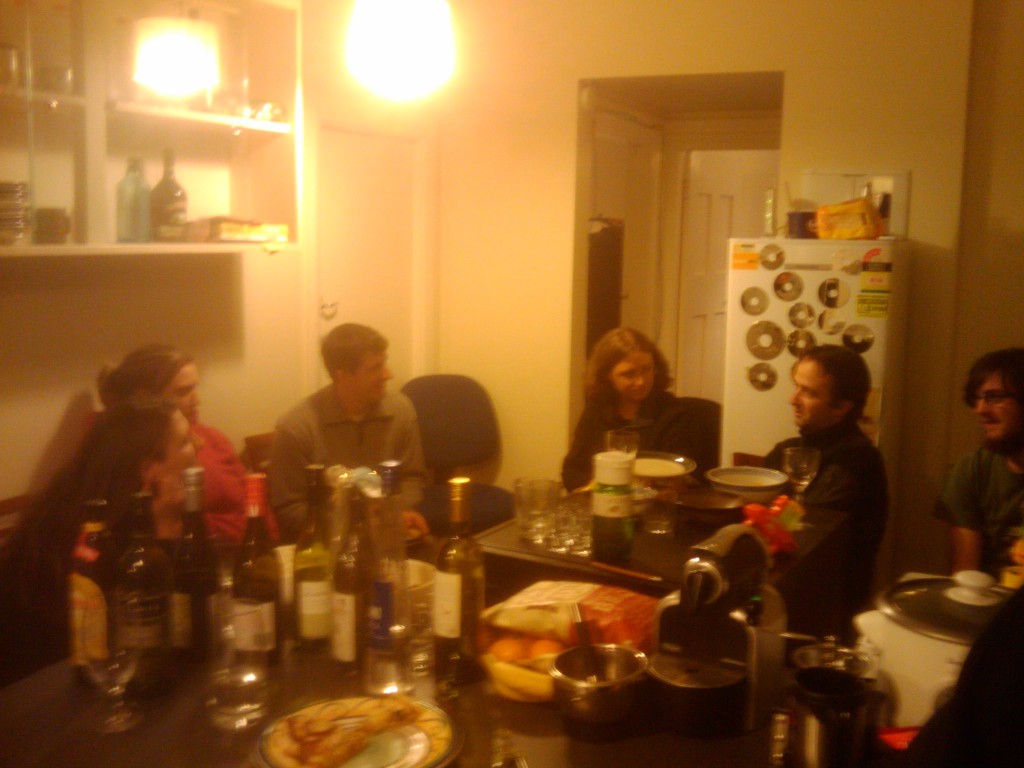
Twitter friends at #geekflat. The items on the fridge are hard disk platters.
Whilst #geekflat had a clearly defined computer geek element to it, there was also just a bit of good geeky fun from time to time, particularly thanks to Tom’s quirky nature and my ability to get excited like a 5 yr old.
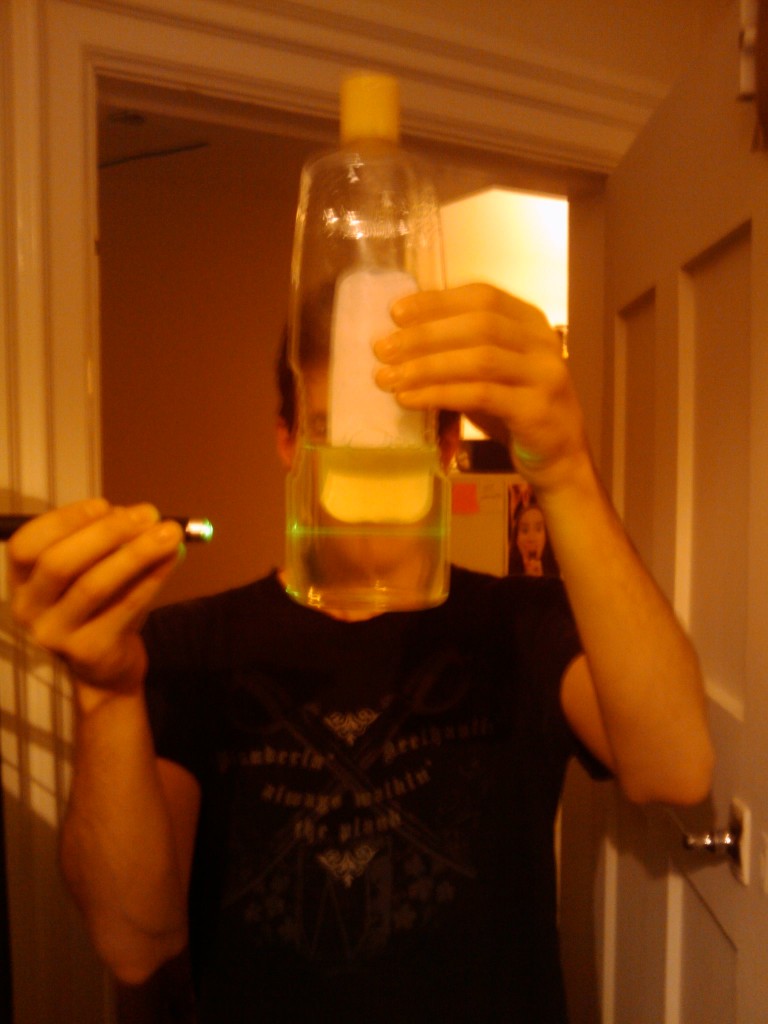
Tom and lazers was a common #geekflat theme.

What do you mean your flat doesn't have a periodic table of elements shower curtain!??!?!

One should always have lolcat fridge magnets!

Silly amusing stickers and magnets? CHECK! :-D
Not to mention the completely random-yet-awesome things that occurred from time to time, the wellington snow, the weird packages, the cute little mice that ran all over the ethernet cables and ate all my chocolate…
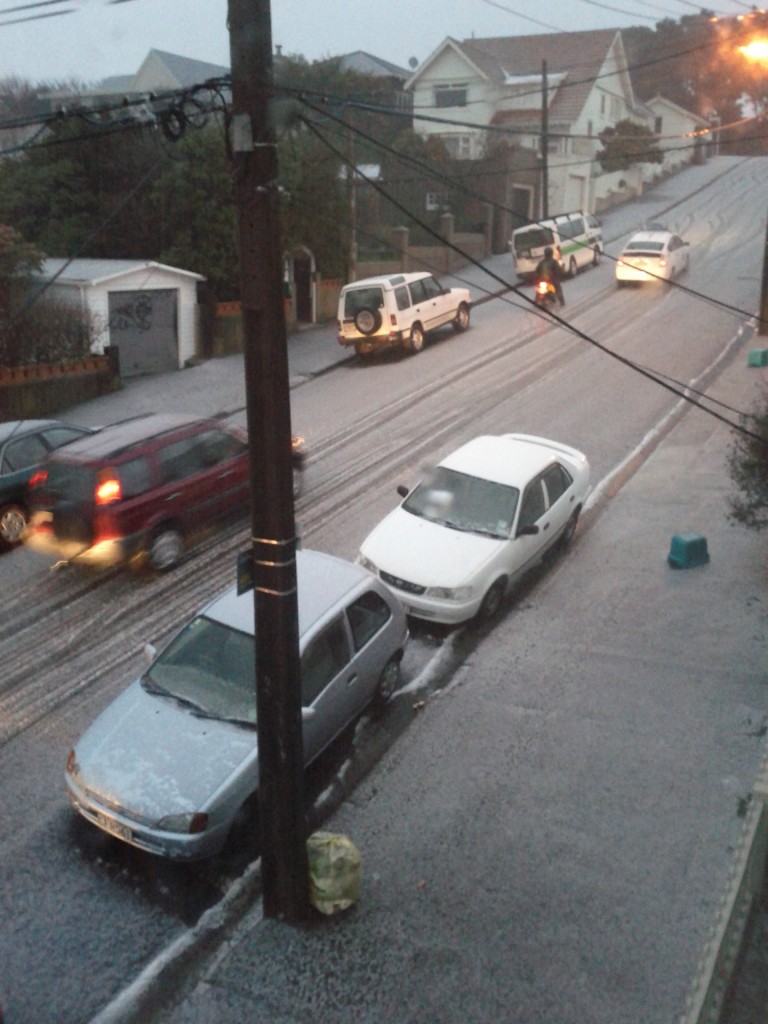
Winter 2011- first time I've ever seen snow in Wellington on regular streets.

The time that someone looked up my whois information and sent novelty boobs to my parent's place addressed to me :-/
During my time at #geekflat I was working on Amberdms, my startup open source & IT services company. Looking back, I’m still undecided whether it was the greatest or worst of times – I think a bit of both.
I loved what I was doing, the products, the people and most of all, the ideas and drive to produce something amazing. But at the same time, the heavy workload and 60-80 hr weeks were taking a toll on me and really put a lot of pressure on me leading to a big depressive downward spiral.
Not to mention that startups are financially hard – I was self-financing the company which certainly added pressure and challenges, particularly for someone previously accustomed to good IT job money and needing to learn to keep expenses and living costs minimal.
Amberdms could almost do with it’s own blog post, but it ties in with #geekflat so much I kind of need to mention it here a bit – after all, it was my fulltime job for several years and Tom was working with me for almost a year as well at one stage.

Looking all professional at Amberdms's shiny new office.

Working hard from the couch in some stylish brandware
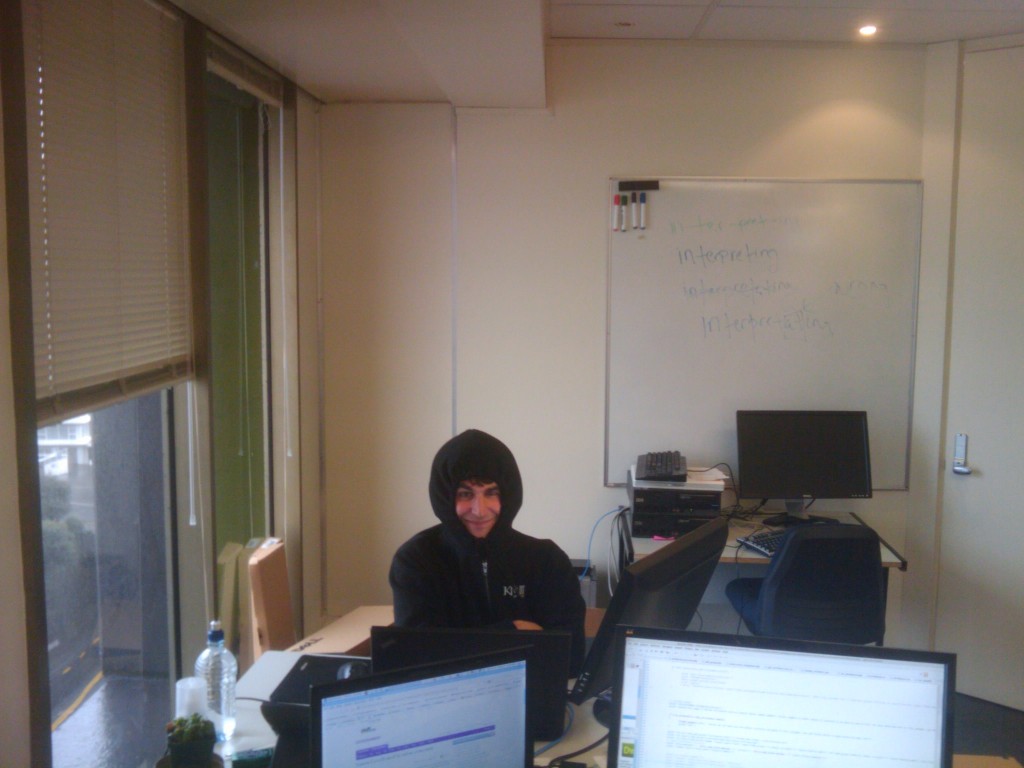
My good friend Tom was crazy enough to come work for me AND to continue to flat with me. Good times. :-)

Katipo was our office-away-from-the-office, serving up delicious cheesy fries, nachoes, vege burgers and amazing iced mochas. Sadly it closed down around a year ago now :'(
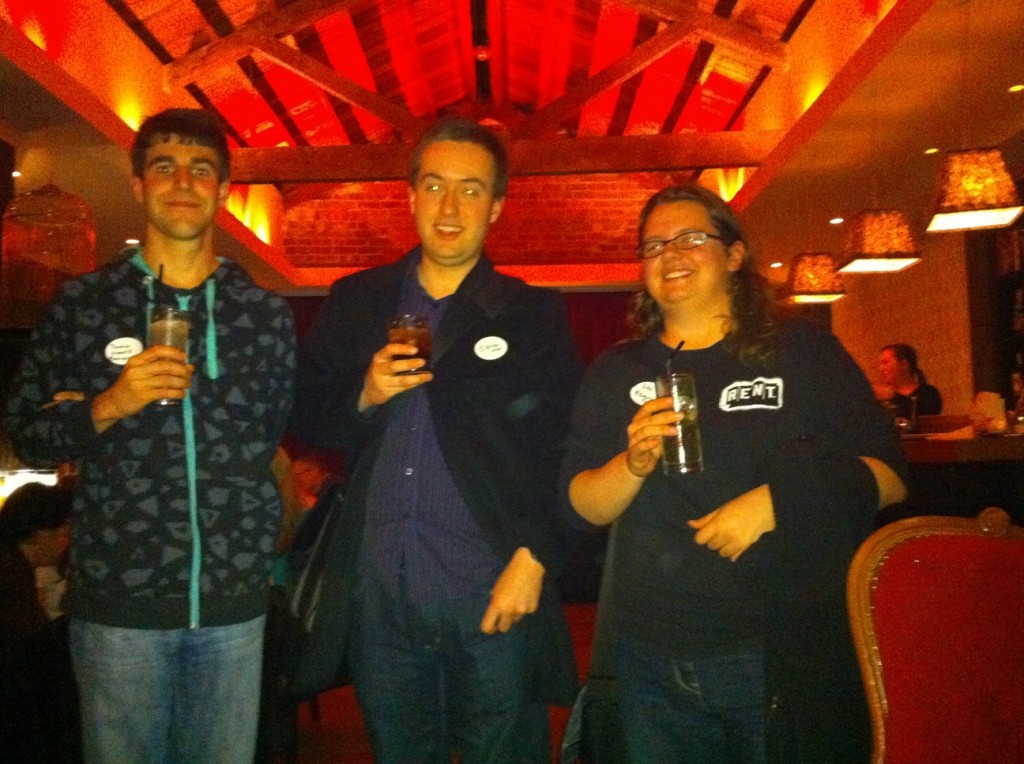
The Amberdms Team - Tom, Jethro, Bex, out at a tweetup event. (please forgive the terrible photo, the iphone that someone used does not like dark rooms with red styling)
During all this time I was actively seeing a few people – being lonely and suffering rejection certainly doesn’t help with any depressive tendencies. It wasn’t all bad though, I meet a few fun people and had good times and bad. Just a bit too much unrequited feelings that still kind of hurt at times.
Plus it means that Bex has plenty of stories for anyone wanting a laugh at my expense about stupid questions I asked her about things girls do, being the closet female I could find to ask for explanations. ;-)

Amusing gift sent to me by a twitter friend, quite appropriate for this stage of my life.
In late 2010 I decided to take a break from Amberdms and returned to work for my previous employer. Suddenly I had lots more free time and went through a bit of a transformation, getting out more, focusing on just enjoying myself.
I had a bit of fun – got myself some new computing toys, went out a bit more, had a few flings, watched a lot of sci-fi and geeked around with friends.
Tom got a new job with a web development company, in many ways Amberdms worked well for him to get a different perspective and idea of what jobs to look for. Thankfully the stresses of startup life never damaged our friendship. :-)
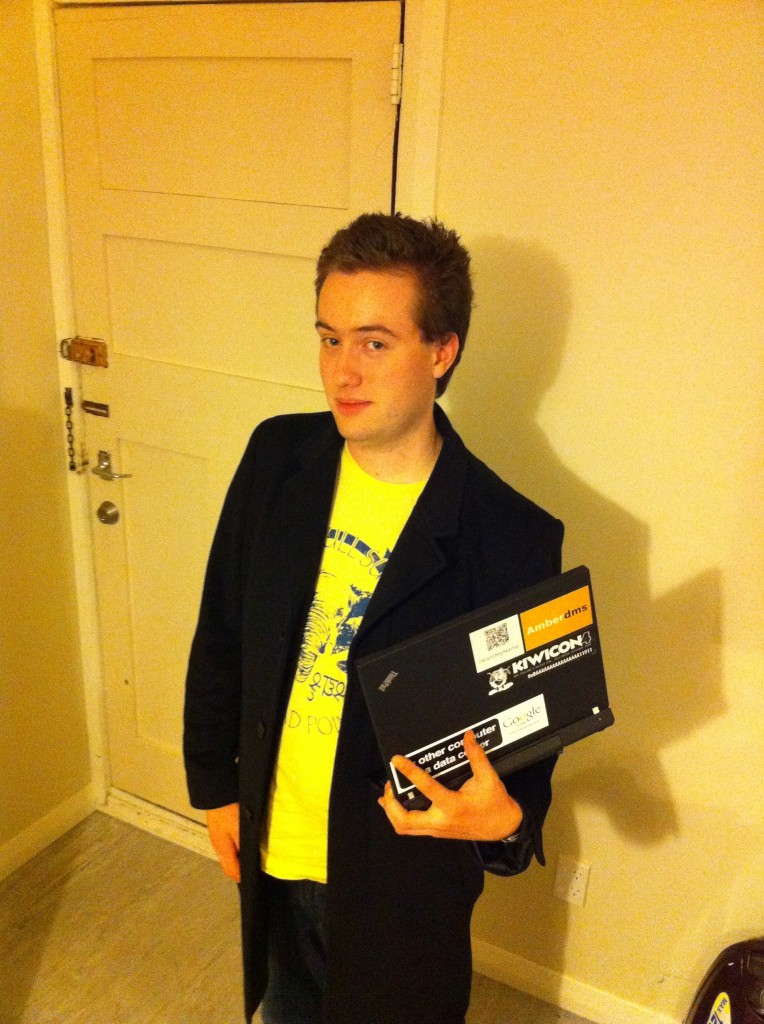
New haircut, new start right?

Fuck yeah vegetarianism!

Delicious geekflat cookies!
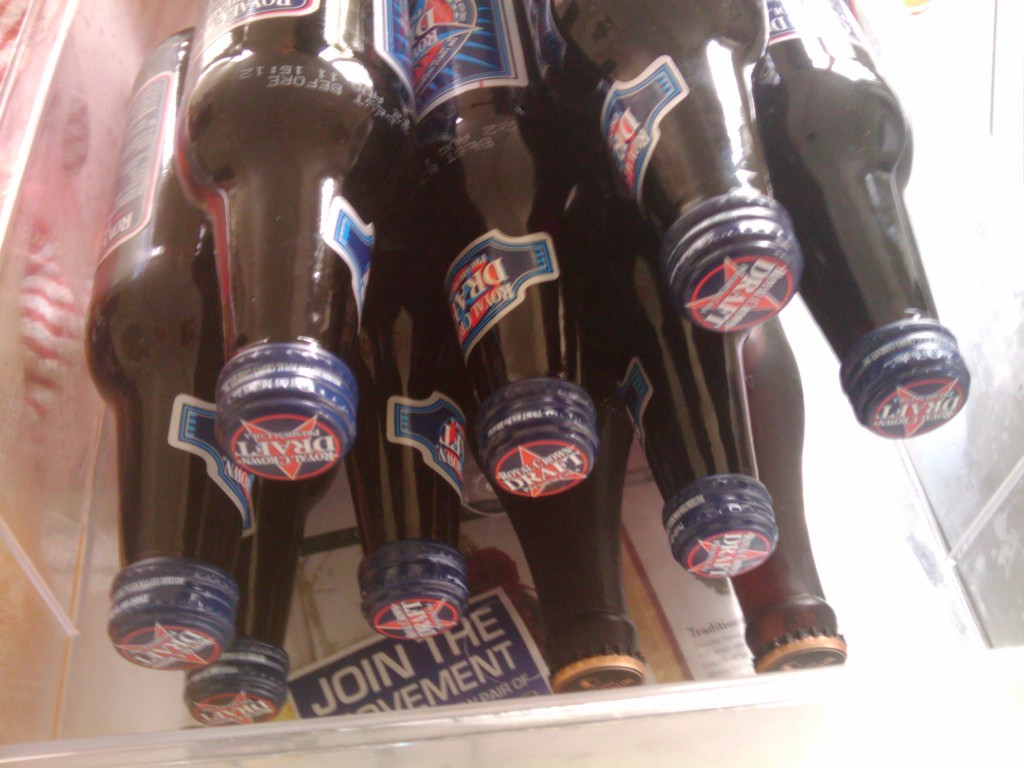
With increased budget, came more delicious cola ;-)
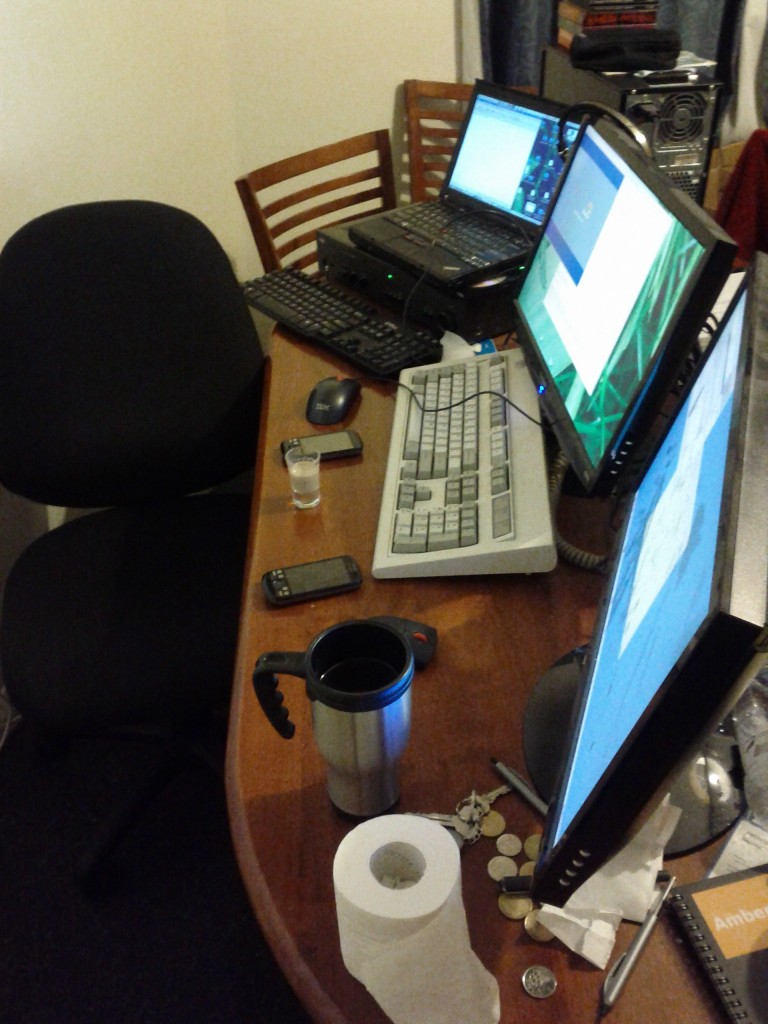
Fuck yeah, epic geeking!

Fuck yeah delicious curry! (I must have been responsible for about 10% of Little India's annual income)
Whilst all this fun was going on, suddenly the unimaginable happened – I met Lisa and things changed a bit from there on….
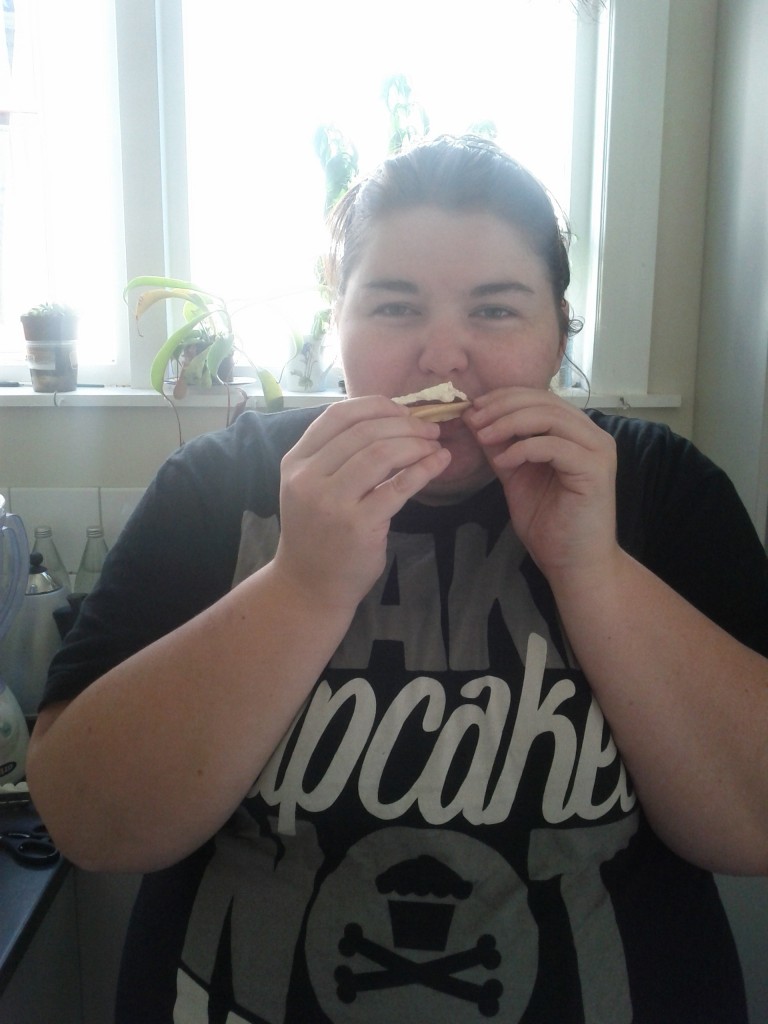
Oh hai there! Would you like a pikelet?
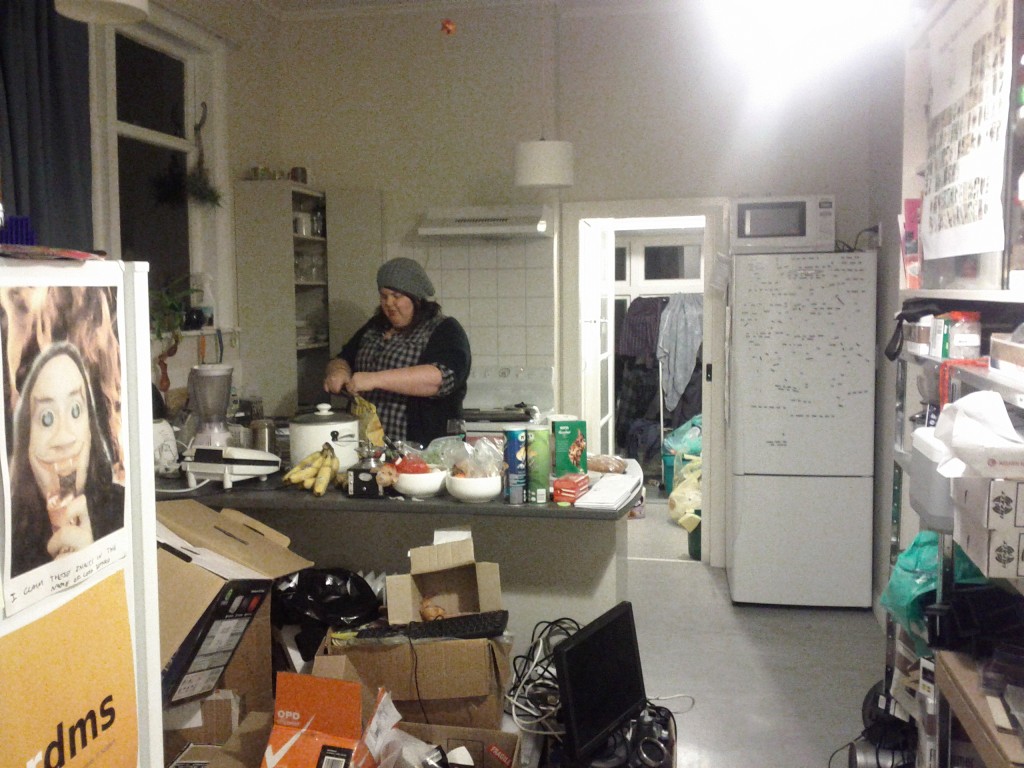
Uh guys? I think there's a girl in the flat...
And with that, #geekflat started on the path to it’s demise – sadly it just wasn’t big enough for Lisa to live there with me, so once our relationship started, we were doomed to having to move.
Lisa then managed to obtain a journalism/writing job up in Auckland, to which I crazily agreed to move to Auckland with her and then managed to accidentally get engaged.
Being the traveler he is, John left the flat in early 2011, returning again later in the year and moved back in taking over my place in the flat, but it was never intended to be a long term thing – and without all three of us together, there just wasn’t that same dynamic.
So now I’m living in Auckland, John has left #geekflat for another overseas adventure and Tom is moving in with a good friend of his. End of an era. But I don’t regret any of it, just wish that I could relive parts of it at times.
#geekflat may be dead now, but who knows what the future will offer all of us, I hope that the void is filled by other great new experiences and friendships.
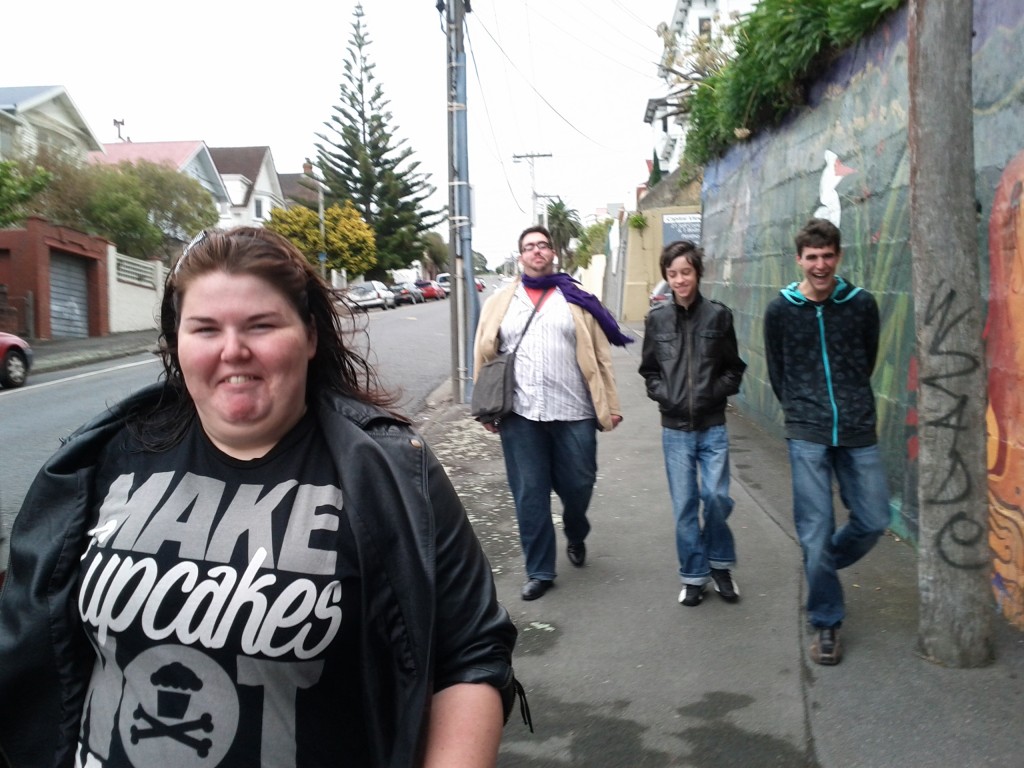
The peak #geekflat crowd - Lisa, John, Mitchell (my brother) and Tom
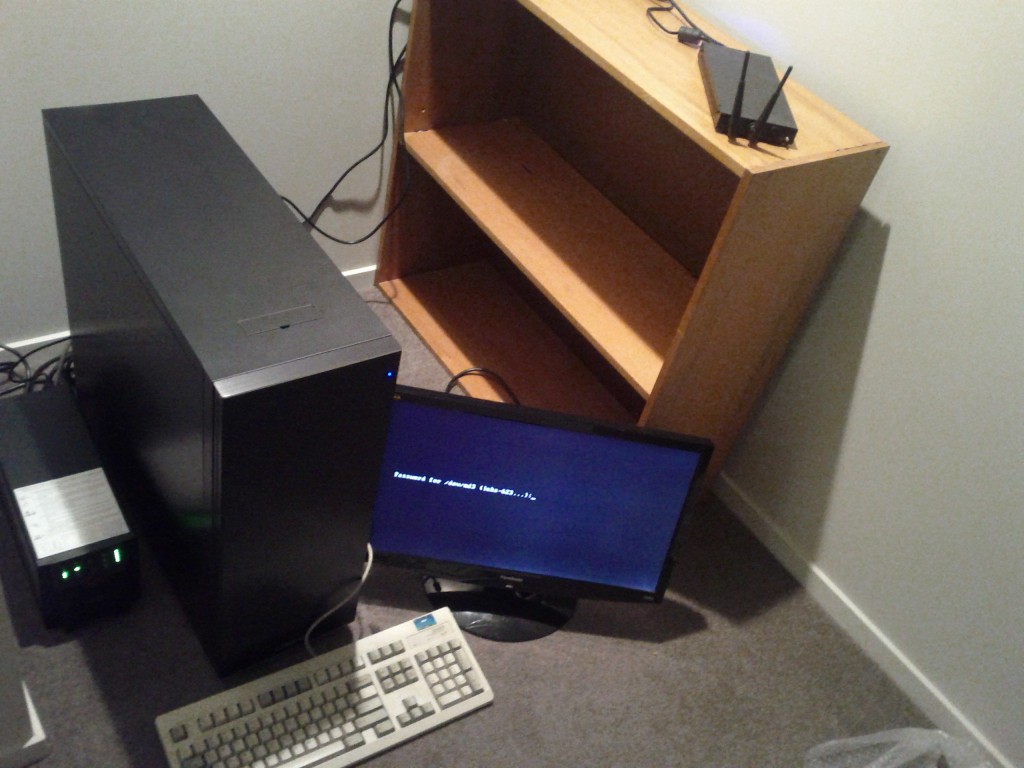
No more server racks, now down to a much more appropiate tower machine providing KVM VMs.
